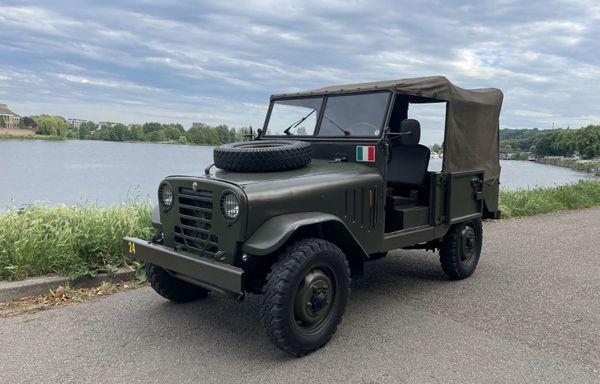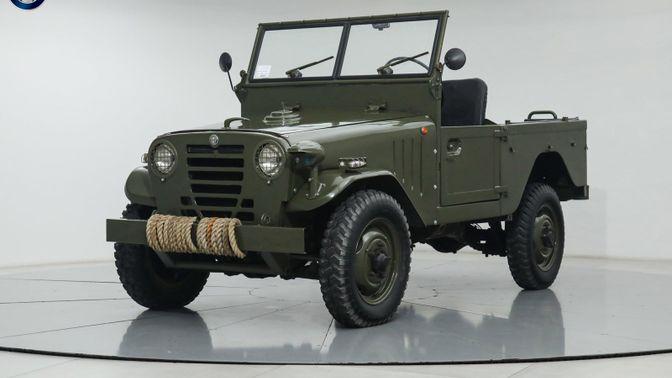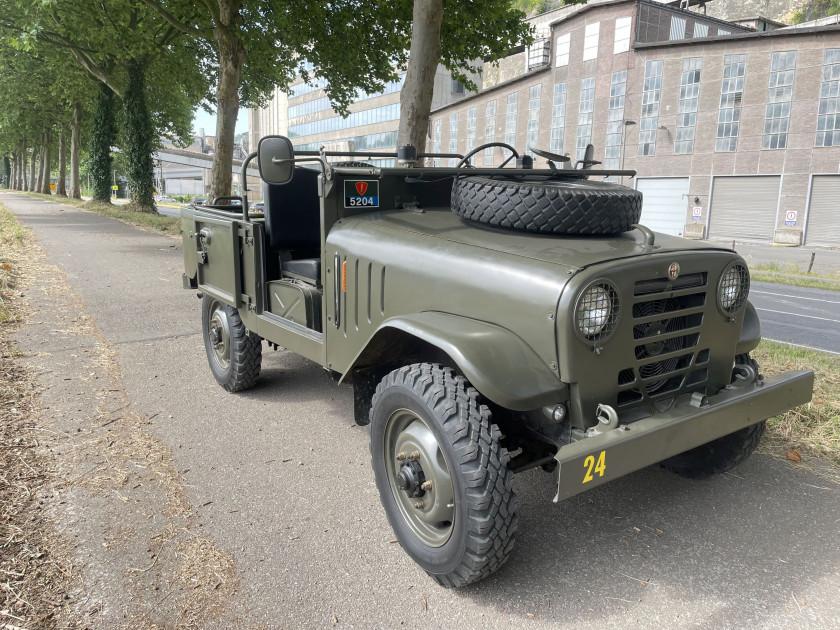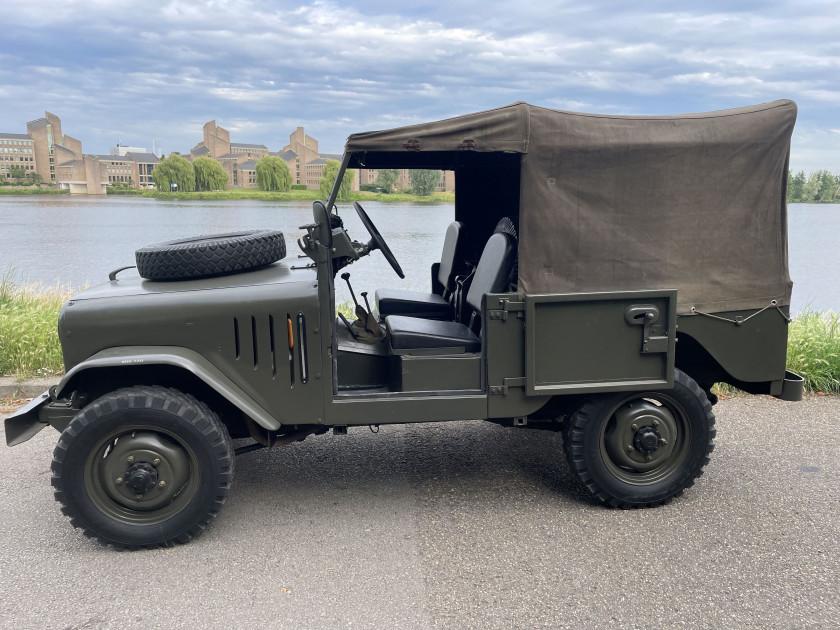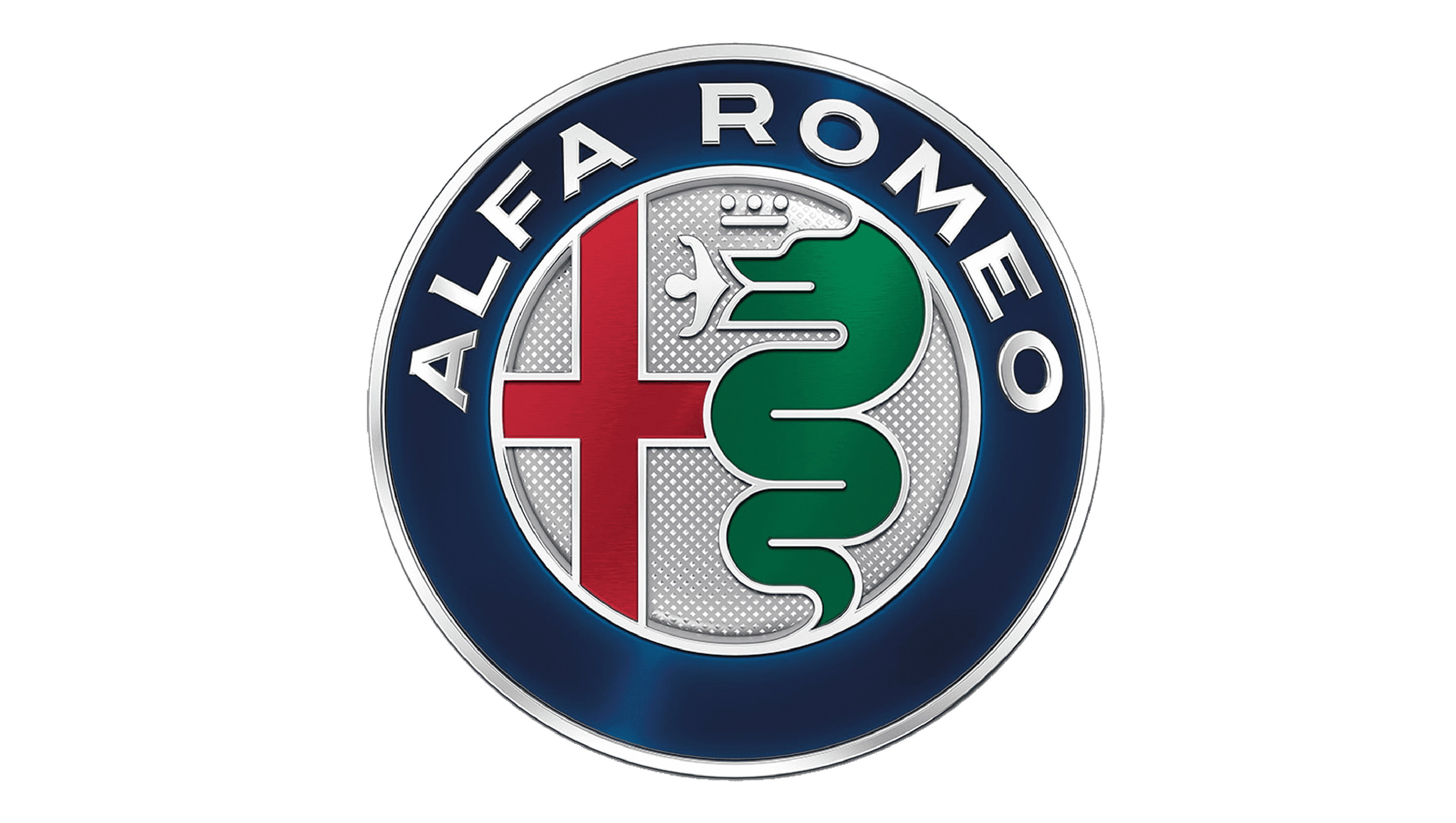1951 Alfa Romeo AR51 Factory Service Team

The descriptions of the Classic Cars in the Directory were partly generated or supplemented with the help of artificial intelligence (AI). The content may occasionally not always be entirely accurate or factually correct despite careful checking.
The Alfa Romeo AR51 Factory Service Team 1951 is a legendary vehicle that has left its mark on the world of motorsports. This car was developed by Alfa Romeo during the post-war years, as Italy emerged from the devastation of World War II. The AR51 was a military vehicle, designed to support Italy's army in various operations. It was in production for only two years, from 1951 to 1953, and during this time, fewer than 550 units were produced.
The AR51 was built around a ladder-type frame, which made it extremely sturdy and durable. The suspension was independent, with telescopic shock absorbers and leaf springs, providing a smooth ride even in rough terrain. The braking system was hydraulic, with drum brakes on all four wheels, providing excellent stopping power.
The engine of the AR51 was a 1.9-liter, four-cylinder, petrol-powered, designed for optimal performance. It was capable of producing 65 horsepower and could reach a top speed of 60 miles per hour. The engine was paired with a four-speed manual transmission, which provided a smooth shifting experience. The AR51 had four-wheel drive, which gave it excellent traction and allowed it to navigate even the most challenging terrains.
Inside, the AR51 was a masterpiece of simplicity and functionality. The dashboard had all the necessary gauges and controls, arranged in a logical and accessible manner. The seats were comfortable and ergonomically designed, providing a smooth and comfortable ride even on long trips. The interior was spacious and had ample room for passengers and cargo.
The Alfa Romeo AR51 Factory Service Team 1951 was a vehicle designed for optimal performance and durability. It was engineered to withstand even the toughest conditions, making it an ideal vehicle for military use. However, it also gained a reputation as a capable off-road vehicle, and its unique design and performance made it a favorite among motorsports enthusiasts.
In conclusion, the Alfa Romeo AR51 Factory Service Team 1951 is a legendary vehicle that has left its mark on the world of motorsports. It is a vehicle that can tackle any terrain while providing a comfortable and smooth ride. With its exceptional engineering, the AR51 has become a classic vehicle that stands out as a testament to the ingenuity and creativity of the Italian automotive industry.
Milestones
- Alfa Romeo AR51 Factory Service Team was established in 1951. - The team participated in the Mille Miglia race in 1951 with the Alfa Romeo 1900 TI model. - The team won the Italian Touring Car Championship in 1951 with the Alfa Romeo 1900 TI model. - The team competed in the Targa Florio race in 1951 with the Alfa Romeo 1900 TI model. - The team achieved two podium finishes in the Circuito del Garda race in 1951 with the Alfa Romeo 1900 TI model. - The team participated in the Coppa InterEuropa race in 1951 with the Alfa Romeo 1900 TI model.Technical
- Manufacturer: Alfa RomeoModel: AR51
Year: 1951
Class: Racing
Team: Factory Service Team
Engine: 1.5-liter supercharged inline-four
Power: 155 horsepower at 6,400 RPM
Torque: 130 lb-ft at 4,800 RPM
Transmission: Four-speed manual
Weight: 1,590 pounds
Suspension: Independent front and rear with coil springs and hydraulic shock absorbers
Brakes: Drum brakes with hydraulic assistance
Wheels: 16-inch wire-spoke wheels
Tires: Pirelli Cinturato 5.00-16 front and rear
Top speed: 137 mph
0-60 mph: 8 seconds
Race victories: Multiple, including the 1951 Mille Miglia
Notable drivers: Consalvo Sanesi, Piero Taruffi, Luigi Fagioli, Juan Manuel Fangio.
